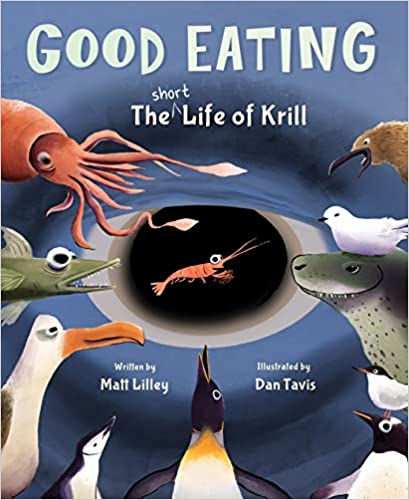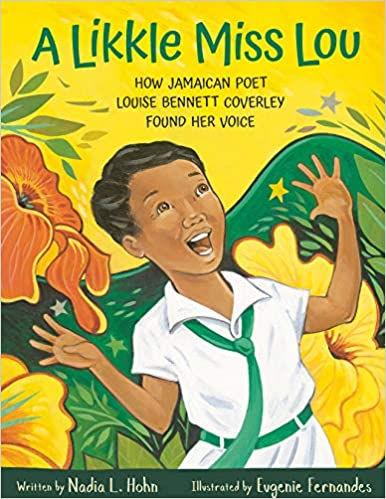MO Day #12: Matt Lilley Finds the Extraordinary
- rateyourstoryweb
- Mar 12, 2022
- 4 min read
NOTE/REMINDER: If you have signed up to receive notifications, but are not getting posts, please try using Chrome and/or having your Facebook Page up and open and use your Facebook E-mail address to subscribe. That seems to work, though we are not sure why. You also need to have commented on the Registration Post and each and every post of the month to be eligible for prizes.
Registration Post Hello March On With Mentor Texts!
Finding Your Subject’s Extraordinary Quality by Matt Lilley
For writing narrative nonfiction picture books, narrowing down the topic and shaping the narrative are two main challenges. With so much to write in so little space, how do you know what details to pick out? And how do you fit that info into a neat narrative arc? One tactic that helps with both of these problems is to find one remarkable trait of your subject to focus on. Here are a few examples.

Emu, written by Claire Saxby, is roughly 600 words. It’s packed with great information about Emus and that information is organized into a satisfying narrative arc. The book begins with a male bird sitting alone on a nest:
“Beneath him are eight granite-green eggs. Yes, him. For in Emu’s world, it is the male’s job to raise the fledglings.”
The extraordinary trait that Saxby uses is that the male Emus do all the work of raising the chicks. This detail informs everything that happens in Emu. For the narrative, the dad is the main character, and his challenge is to successfully raise the chicks. I suspect that Saxby developed that narrative after deciding to focus on the father’s caregiving as the most important trait.

In my own book, Good Eating: The Short Life of Krill, I tell the story of one Antarctic krill. Krill are a keystone species of the Southern Ocean ecosystem. Fish, sea birds, penguins, seals and whales depend on krill for their survival. In other words, krill’s remarkable trait is how great they are at...being eaten. But in order to provide so much food, they must also be really good at surviving and growing. They excel at eating and being eaten. So in Good Eating, most of the factual details of the book focus on that,
“You still have no mouth. Aren’t you getting hungry?
Maybe you’re not hungry yet, but those fish down there look hungry. What do they eat?”
The focus of eating also helped me decide on the question that drives the narrative – will the krill get eaten? Which leads directly to the climax, where the krill encounters a blue whale.

Outside of nature-themed stories, picture book biographies can also succeed by focusing onan extraordinary quality of their subject. The Vast Wonder of the World: Biologist Ernest Everett Just, written by Mélina Mangal, tells the story of the biologist Ernest Everett Just. In Mangal’s telling, Just’s extraordinary quality is his wonder. The word wonder can refer to either a sense of amazed admiration or just simple curiosity. Both meanings apply here. It is through the lens of Just’s wonder that we learn about his life, from when he was a child finding shells on the shore to when he was a scientist making discoveries about cellular functions.
The challenges that Just faces in Vast Wonder are the things that block his ability to explore the wonders of the world. As a child, he catches typhoid fever and loses the ability to read. After facing this challenge and learning to read again, his curiosity grows stronger.
“He read as often as he could, letting his imagination roam.
Words came to life as magical spirits.”
As a scientist, when he faces discrimination, this is framed as an impediment to his scientific explorations.
“Despite his accomplishments, Ernest felt increasingly stifled in the United States...He struggled for basic laboratory equipment at Howard. He didn’t have the freedom white scientists has to choose where they worked.”
The focus on Just’s extraordinary intellectual curiosity guides Mangal’s narrative.

One last example is A Likkle Miss Lou: How Jamaican Poet Louise Bennett Coverly Found Her Voice by Nadia L. Hohn. A Likkle Miss Lou begins:
“Louise Bennett loved words. She played with them. She ate them up for breakfast, served with roasted breadfruit, ackee, and saltfish. She swallowed each word whole.”
From the first lines, we see that Bennett’s extraordinary quality is her love of language. The words Bennett loves best are Jamaican patois. Her challenge through the story is to share her love of words. First, it’s her shyness that stops her, so instead of speaking her beloved words, she writes them in a notebook.
In school, Jamaican patois was frowned upon. This presents the next challenge:
“Louise was lost in her thoughts, wondering what voice she should listen to. The one with words lined up like schoolgirls in starched uniforms? Or the other voice?”
Eventually, Bennett finds the courage to recite her poetry to her class. Having found her voice, and the courage to share the words she loves, she is able to follow her dreams.
If you have a nonfiction narrative you’ve been working on, does your subject have one extraordinary quality that you can focus on? Can the narrative arc and all the little details be framed around that quality? Or if you have a subject you would like to write about, can you identify that one aspect that could help you tell the story? This can help you know what to include, and also, when working with a limited word count, what to cut out.

BIO: When I’m not writing children’s books, I’m working as a technical writer. Writing nonfiction for kids is a lot like technical writing. For both, you have to take complicated topics and make them easy to understand. Writing for kids is actually harder; in addition to making complex topics easy to understand, you have to make them interesting.
I have a master’s in scientific and technical communication. The focus of my master’s was on health and medical writing, with a special emphasis on medical writing for kids. In addition to medical writing, other favorite topics for me to write about include exploration and nature.
I am also a Minnesota Master Naturalist. I live and write in Minneapolis, Minnesota. Visit me at: www.mattlilly.ink
PRIZE: Matt Lilley is giving away a copy of this book to one lucky winner (US Only).
























Comments